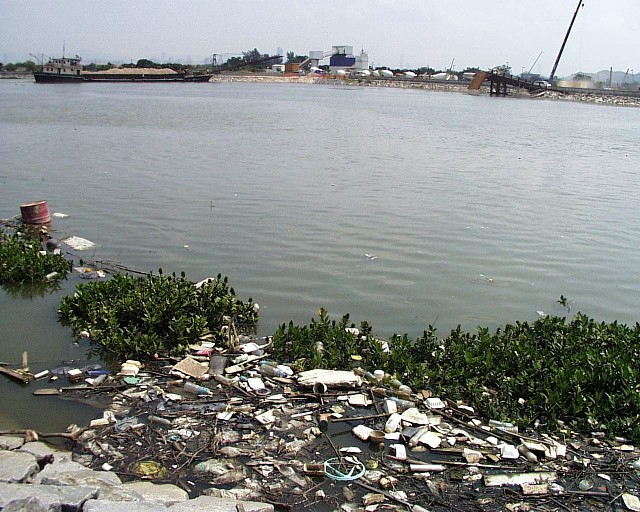|
Session
Six: Alternative Assessment II
(Course
Mid - Term Exam Posted on Web Board)

|
Text
Readings: |
O'Brien, M., Making Better Environmental Decisions: An
Alternative to Risk Assessment (2002) Cambridge MA: MIT Press., Chapters
6-8; 17.
|
|
Web Readings: |
O'Brien, M., Alternatives
Assessment: Part of Operationalizing and Institutionalizing The
Precautionary Principle (1998) Paper prepared for the Wingspread Conference on
"Implementing the Precautionary Principle" 23-25 January, Racine,
Wisconsin.
|
|
Learning
Objectives: |
On
completion of this class, student will be able to:
- Articulate
the ways in which society properly uses and misuses risk
assessment as a tool in environmental health.
- Identify
limitations in the use of comparable risk assessment.
- Recognize
perverse incentives that can lead businesses, government and
scientists to utilize risk assessments in perverse ways.
- Identify
alternative social arrangements that may serve to eliminate or
reduce the number and severity of environmental problems.
|
|
Assignment for Session Six: |
- O'Brien in
chapter 6 of Making Better Environmental Decisions, asserts
that society isn't serious about environmental health and
provides a case example involving soil fumigated with methyl
bromide. Please briefly describe this case and how it serves
to illustrate O'Brien's point.
- Identify the
four ways in which risk assessment benefits scientists in the
U.S. and abroad.
- Why does
"business" love risk assessment, according to
O'Brien?
- Why does
"government" love risk assessment?
- What is
comparative risk assessment?
- Provide an
example of unnecessary social triage associated with risk
assessment.
- What are the
questionable assumptions supporting risk assessment?
- Describe three
predicaments associated with the use of risk assessment.
- What
alternative does O'Brien provide to comparative risk
assessment?
- Identify three
alternative social arrangements provided by O'Brien that she
believes would lead to the prevention and reduction of a
number of environmental problems.
- Identify and
briefly describe 8 barriers to alternatives assessment.
|
Sessions
|

